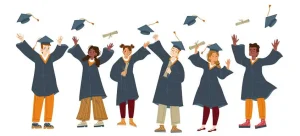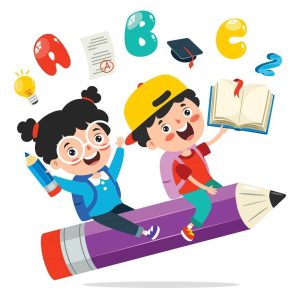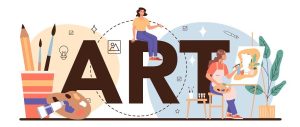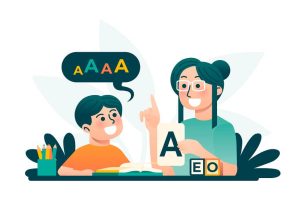Visual Learning And Communication In Education: Why Your Child Needs It?
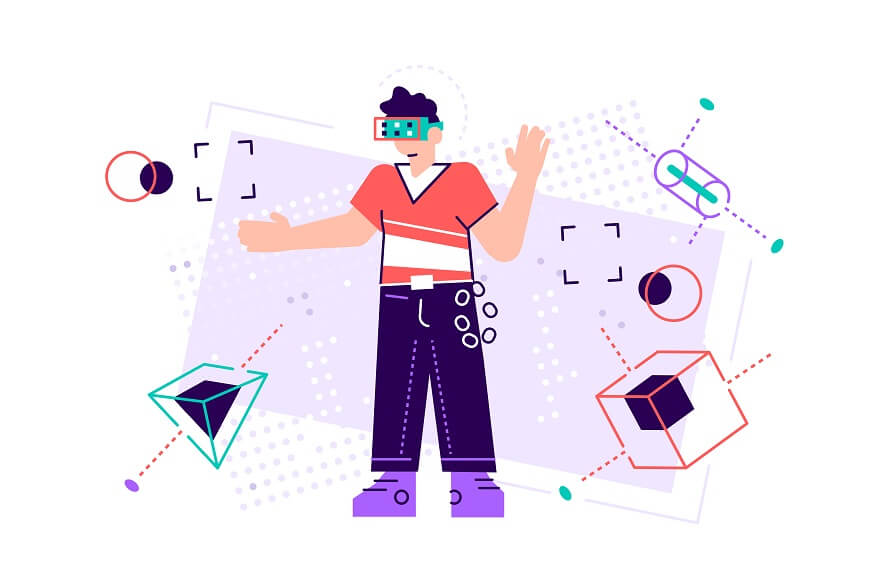
Visual learning and communication fulfil the needs of the students. They foster a deeper comprehension of the material. Teachers should create interactive and inclusive learning environments for young learners through visual learning and communication. In this guide, we’ll take a look at the benefits of visual education and communication in education.
What is Visual Learning and Communication?
Visual learning and communication are essential components of education. They provide effective methods to convey information and improve the learning process. In education, educators can utilise them in various ways, as outlined below:
- Visual Aids
- Interactive Whiteboards and Smartboards
- Videos and Animations for Learning
- Infographics and Visual Summaries
- Mind Maps and Concept Diagrams
- Digital Learning Platforms
- Visual Storytelling Techniques
- Collaborative Visual Projects
- Ensuring Accessible Learning Materials
- Empowering Assessment via Visual Methods
Teachers utilise tools such as slideshows, presentations, and multimedia materials. It supports their lectures and makes the content more captivating. Visual aids help to break down complex topics into smaller, more manageable segments. It enables students to comprehend and remember the information better.
These interactive tools enable teachers to craft dynamic and engaging lessons. Incorporating visual elements, diagrams, and multimedia promotes active learning and student participation.
Incorporating video content into education is a powerful tool for enhancing visual learning. Teachers can show real-world applications, conduct virtual experiments, and show complex concepts. Videos cater to the visual and auditory learning and provide a multi-sensory experience.
Condensing information into infographics is effective in helping students grasp key points. Visual summaries help students to review and solidify their understanding of a topic. It promotes improved visual recall.
They are powerful visual aids to organise information and depict connections between ideas. It provides students with a broader perspective. These visual tools aid brainstorming and project planning. They are also instrumental in comprehending the interrelatedness of concepts.
Take advantage of interactive components to enhance visual education. Online platforms offer students access to engaging virtual labs, simulations, and multimedia resources. Thus, it facilitates visual learning through the use of cutting-edge educational software.
Teachers infuse these techniques into their lessons. It can enhance students’ retention and engagement. Storyboards, role-playing, and dramatisations in the classroom ignite students’ interest in the material. It allows them to form a more personal connection.
Group presentations or multimedia content creation, foster teamwork, and encourage creativity. It also reinforces effective communication skills. Through these projects, students learn to convey their thoughts in a visual manner. They practice the art of effective teamwork and communication in a creative setting.
The use of visual aids plays a crucial role in promoting inclusivity for all learners. Particularly those with varying learning preferences or special requirements. Educational content in alternative formats like visual aids is accessible to diverse students.
Visual assessments include dynamic presentations, creative projects, or engaging multimedia assignments. It empowers students to showcase their comprehension through artistic means. They provide a more comprehensive evaluation of students’ competencies. It goes beyond the limitations of standard written examinations.
What are the Benefits of Visual Learning and Communication?
Using visual learning strategies has merits that are plentiful for students and educators. Below are a few of the notable benefits of communication in education:
- Enhances Understanding
- Increases Retention
- Accommodates Varied Learning Styles
- Enhances Clarity and Engagement
- Fosters Critical Thinking
- Facilitates Accessibility and Inclusivity
- Unlocks the Power of Visual Communication
- Blends Technology and Education
- Incorporates Real-World Examples
- Infuses Engagement and Motivation
Educators can incorporate visual aids such as diagrams, charts, and graphs. It can enhance their understanding of complex concepts and make them more digestible. This type of visual learning activates their brains. It aids in their comprehension and retention of information.
Research has also demonstrated that the use of visuals can increase retention rates. They serve as a tangible reminder for students to recall the taught material. It is better than relying on reading or listening.
Every individual possesses a unique learning style. Visual aids help some individuals. Teachers integrate visual components into instruction. It can appeal to a diverse range of learning preferences. And can elevate the whole educational experience for students.
Visuals serve as powerful tools to clarify concepts and regain students’ focus. With well-crafted visual aids, learning becomes more captivating. So the students are less likely to feel disinterested or diverted.
Utilising visuals fosters critical thinking. It prompts students to analyse and interpret information. The use of infographics, charts, and diagrams can encourage students to connect concepts. It promotes the cultivation of higher-order thinking skills.
Visual aids provide accessibility and inclusivity by providing alternative means of comprehending information. So students with varying abilities and learning needs can engage with the material. It promotes a more inclusive and equal learning environment.
Visual communication nurtures the learning process. It also empowers educators to convey their ideas. It includes dynamic presentations, engaging slideshows, and interactive multimedia. Incorporating visual elements elevates the delivery of information and makes it more impactful.
The emergence of technology has opened new doors for visual learning. Visual aids include innovative educational tools, interactive whiteboards, and virtual platforms. It can complement traditional teaching methods. And can bring a dynamic and interactive dimension to the classroom.
Visuals can bridge the gap between theoretical concepts and practical applications. Visual aids help teachers to show the relevance of classroom knowledge in the real world.
The use of visual elements captivates and intrigues students in the subject matter. This active engagement can ignite a strong sense of motivation and enthusiasm. It results in an impactful and enjoyable learning experience.
Teachers can integrate visual learning and communication techniques into education. It enhances the inclusivity, engagement, and effectiveness of the learning environment for students. At Billabong International High School, we design our curriculum with unique activities to make education more engaging. To learn more about our curriculum, contact us today.




